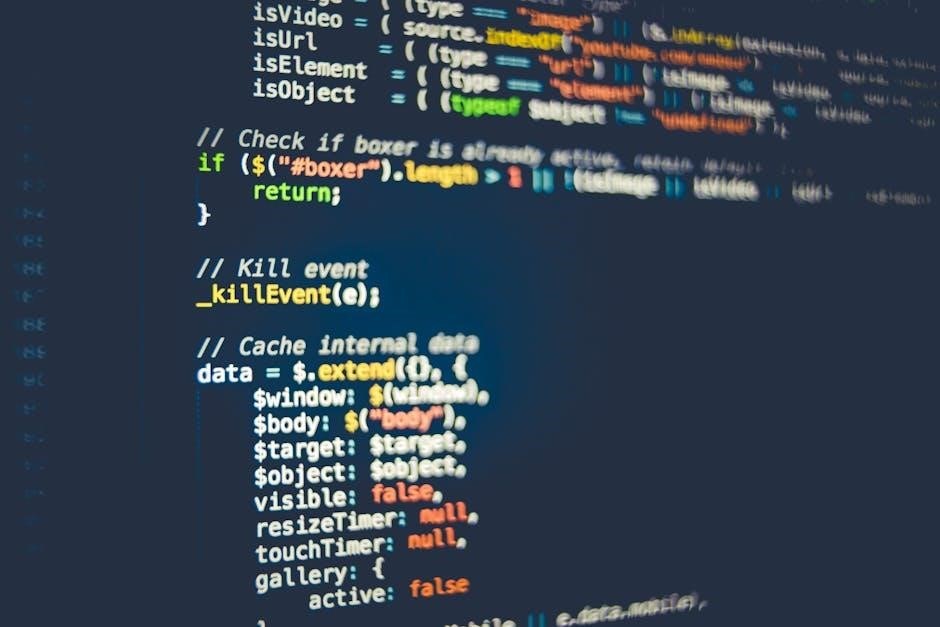The Go programming language is a free download as Powerpoint Presentation or PDF File, providing an introduction and overview, explaining Go was initially developed by Google in 2007 for various uses.
History and Development of Go

The Go programming language was initially developed by Google in 2007, with the goal of creating a language that was efficient, simple, and easy to use. The language was designed by Robert Griesemer, Rob Pike, and Ken Thompson, who aimed to create a language that would combine the benefits of statically typed and dynamically typed languages. The development of Go was influenced by various programming languages, including C, Pascal, and Oberon. The first version of Go was released in 2009, and since then, the language has undergone significant development and improvement. The Go team has continued to work on the language, adding new features and improving performance. Today, Go is used by many companies and organizations around the world, and its popularity continues to grow. The language’s history and development are well-documented in various online resources, including PDF files and presentations. These resources provide a detailed overview of the language’s evolution and design principles. Overall, the history and development of Go are fascinating topics that provide insight into the language’s design and goals. Go’s development has been ongoing, with new releases and updates being made regularly.
Features of the Go Programming Language
The Go programming language has several key features that make it an attractive choice for developers. One of the main features of Go is its simplicity, with a clean and minimalistic syntax that makes it easy to learn and use. Go is also a statically typed language, which helps to prevent type-related errors at runtime. Additionally, Go has a built-in concurrency model that makes it easy to write parallel code, which can significantly improve the performance of certain types of applications. Go also has a comprehensive standard library that provides a wide range of functions and data structures, making it easy to perform common tasks. The language’s features are well-documented in various online resources, including PDF files and presentations. These resources provide a detailed overview of the language’s features and how to use them effectively. Overall, Go’s features make it a versatile and powerful language that is well-suited to a wide range of applications and use cases, as described in the Go programming language PDF.

Resources for Learning Go
Various online resources, including PDF files and presentations, provide learning materials for the Go programming language, helping developers get started with the language and its applications quickly and easily always.
Books and Tutorials on Go
There are numerous books and tutorials available on the Go programming language, including PDF files that can be downloaded for free. These resources provide a comprehensive introduction to the language, covering topics such as variables, data types, and control structures. Some popular books on Go include “The Go Programming Language” by Alan A. A. Donovan and Brian W. Kernighan, which is available as a PDF file. Additionally, there are many online tutorials and courses that offer step-by-step guidance on learning Go, including tutorials on setting up a Go development environment and writing Go programs. These resources are suitable for beginners and experienced programmers alike, and can help developers get started with the language quickly and easily. Many of these books and tutorials are available for free download, making it easy to access and learn from them; Overall, the availability of these resources makes it easy to learn Go.
Online Courses and Communities
Online courses and communities play a significant role in learning the Go programming language, with many resources available as PDF files. Websites such as LitRes offer a range of online courses and tutorials, including “Golang for Jobseekers” and “Go Programming Language For Dummies”, which can be downloaded as PDF files. These courses cover various aspects of the language, from basics to advanced topics, and are designed to help developers improve their skills. Online communities, such as forums and discussion groups, also provide a platform for developers to connect, share knowledge, and learn from each other. Many of these communities offer free resources, including PDF files, to help developers get started with the language. With the help of these online courses and communities, developers can easily access and learn from a wide range of resources, making it easier to master the Go programming language and stay up-to-date with the latest developments. These resources are constantly updated and expanded.

Applications and Uses of Go
Go is used in various applications, including network programming and multithreading, with resources available as PDF files for learning and development purposes online now.
Network Programming and Multithreading
Network programming and multithreading are key features of the Go programming language, with many resources available as PDF files for learning and development purposes.
The Go programming language provides a comprehensive set of libraries and tools for building networked applications, including support for TCP/IP, UDP, and HTTP protocols.
Additionally, Go’s multithreading capabilities allow developers to write efficient and concurrent code, making it an ideal choice for building scalable and high-performance networked systems.
Many online resources, including PDF files and tutorials, are available to help developers learn and master these skills, and to take advantage of Go’s networking and multithreading capabilities.
These resources provide a wealth of information and examples, and can help developers to quickly get up to speed with Go’s networking and multithreading features.
By leveraging these resources, developers can build fast, efficient, and scalable networked applications using the Go programming language.
Machine Learning and Data Structures
The Go programming language is also used for machine learning and data structures, with various PDF resources available for learning.
These resources provide information on how to implement machine learning algorithms and data structures in Go, including tutorials and examples.
Go’s simplicity and performance make it an attractive choice for building machine learning models and working with data structures.
Many libraries and frameworks are available for Go, including those for machine learning and data science, such as Golang’s machine learning package.
These libraries provide a range of functions and tools for building and training machine learning models, as well as working with data structures like arrays and linked lists.
By using these resources and libraries, developers can build efficient and effective machine learning models and data structures using the Go programming language, and take advantage of its performance and simplicity.
Go’s machine learning and data structures capabilities are continually evolving, with new libraries and frameworks being developed and released regularly.

Getting Started with Go
Learn Go with free PDF downloads, tutorials, and online resources available for beginners to start programming with Go.
Setting Up a Go Development Environment
To start programming with Go, setting up a development environment is essential. This involves downloading and installing the Go software development kit (SDK) from the official Go website. The SDK includes the Go compiler, linker, and other tools necessary for building and running Go programs. Additionally, a code editor or integrated development environment (IDE) such as Visual Studio Code, Sublime Text, or IntelliJ IDEA can be used to write and debug Go code. Many of these editors have plugins and extensions available that provide features like syntax highlighting, code completion, and debugging support specifically for Go. Furthermore, the Go website provides detailed instructions and tutorials on setting up a Go development environment on various operating systems, including Windows, macOS, and Linux. By following these steps, developers can quickly set up a Go development environment and start building their own Go programs. The official Go documentation and online resources provide more information on setting up a Go development environment.
Writing and Running Go Programs
Writing a Go program involves creating a file with a .go extension and using a text editor to write the code. The program typically starts with a package declaration, followed by import statements and a main function. The main function is the entry point of the program, where execution begins. To run a Go program, the go run command is used, followed by the name of the file containing the program. The Go compiler translates the source code into machine code, which is then executed by the computer. The program can also be compiled into an executable file using the go build command, allowing it to be run without the need for the Go compiler. Online resources and tutorials provide more information on writing and running Go programs, including examples and exercises to help developers get started. By following these steps, developers can write and run their own Go programs, exploring the features and capabilities of the language.



